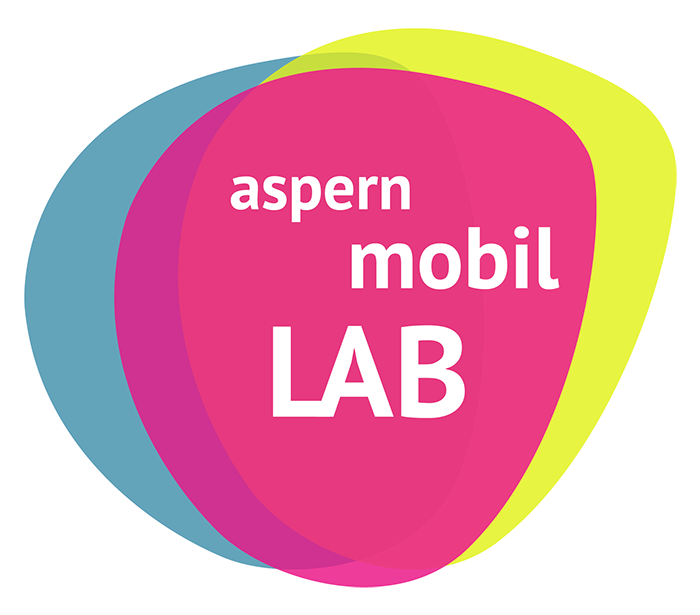Mobility Survey aspern Seestadt
The mobility survey is designed to measure the mobility behaviour of the residents in aspern Seestadt. This study is conducted with the help of a smartphone application and can answer the following questions in a scientifically sound manner:
- How often per week do the residents of aspern Seestadt travel by bicycle and how often by car?
- How many trips per day do they make on average?
- How long does it take them to cover these distances?
The knowledge gained about the mobility behaviour of the inhabitants of aspern Seestadt enables a better planning of mobility offers and a dialogue about the existing transport system. The collected data forms a basis for the development of new innovative mobility solutions as well as for mobility research, as it is already taking place at aspern.mobil LAB.
The following video is only available in German.
How can I participate?
In the first phase of the mobility survey, in 2019, we worked with a randomly selected group. Now in the second phase and with a new app, all residents of aspern Seestadt have the possibility to participate. To register click here.
What’s new in the “Wegesammler” App 2.0?
The app not only has a new look, is more user-friendly and has new features; it is also open to all residents of aspern Seestadt. What is also new is that one’s own mobility behaviour can be recorded and observed throughout the year. Participants can therefore observe changes or constants in their own mobility behaviour over time, measure their own CO2 emissions and compare them with other users.
The “Wegesammler” App 2.0 can be downloaded from the Playstore or App Store.
Why is a mobility survey needed in aspern Seestadt?
At present, there is no scientifically proven knowledge as to when, by which means of transport and to which destinations in and around aspern Seestadt the residents are moving along. This means, that a medium to long term planning of mobility offers (from bike-sharing offers to bus lines) can only be adapted to the actual current needs and mobility patterns to a limited extent.
The mobility survey makes it possible to draw conclusions about the overall mobility behaviour of aspern Seestadt residents based on a sufficiently large number of participants, thus creating reliable data for discussion and planning processes.







 in our aspern.mobil LAB during our office hours or register through the registration form below:
in our aspern.mobil LAB during our office hours or register through the registration form below:
